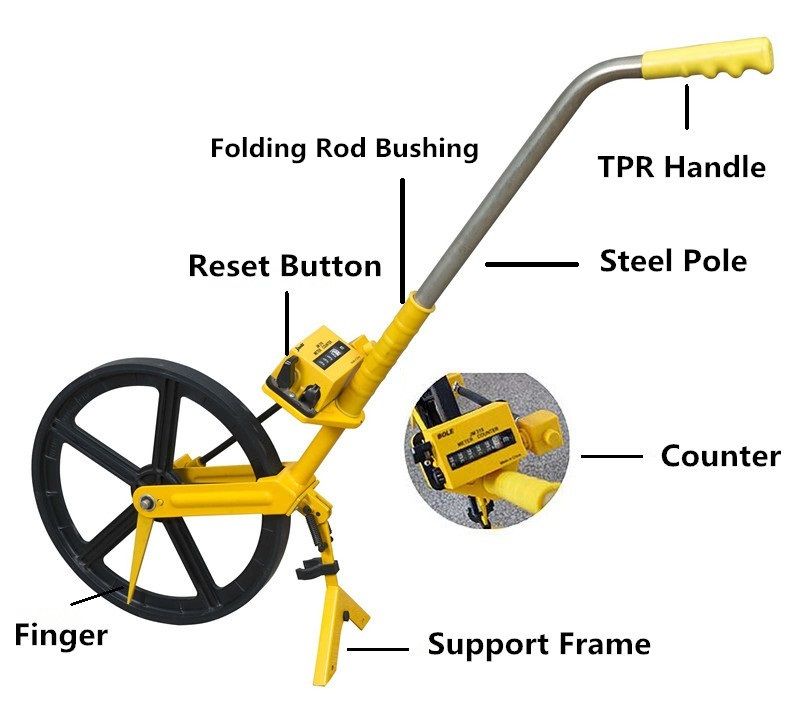There are plenty of options when it comes to distance measuring equipment and tools. We have the familiar measuring tapes, surveyors’ ropes, yard sticks, and state-of-the-art ones that make use of laser and GPS technologies. There are also tools that originated from several centuries ago, yet are still widely used and considered to be reliable today, such as distance measuring wheels.
Distance measuring wheels are known for their usability in measuring long distances. In this article, we will tackle what these wheels are, what their beginning looked like, and what their modern versions boast of today. If you are looking to buy a new distance measuring wheel, this article will also guide you into some of the best measuring wheel features that users find to be highly useful and commendable.
To begin, let’s first talk about the basics.
A measuring wheel has plenty of names. Some people call it the trundle wheel, surveyor’s wheel, and a few others, like a hodometer and perambulator, that can cause confusion to people who aren’t knowledgeable of how this instrument was invented. Today, however, most people just call it a distance measuring wheel and a surveyor’s wheel because of its common use in the land surveying industry.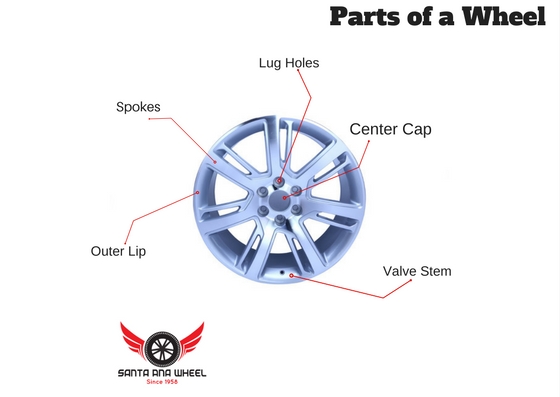
Distance measuring wheels are estimators, which means that they aren’t ideal for accurate or precise measurements. Rather, they are good for getting approximates of a wide piece of land or even an indoor space.
The very first distance measuring wheels date back to the 17th century. Their design is linked to the mechanical design of odometers, except that odometers were initially made for ships while measuring wheels have to be manually rolled on a flat surface with the use of a handle.
Traditional measuring wheels look very similar to the modern ones that are available today. The only differences are some innovative components that improve the convenience and safety of the instruments. The materials used have also changed. While older designs were made with wood, modern designs are mostly constructed with metal, aluminum, and stainless steel.
In 1827, scientist and inventor Francis Ronalds improved the design of measuring wheels by inventing a device that recorded distances graphically.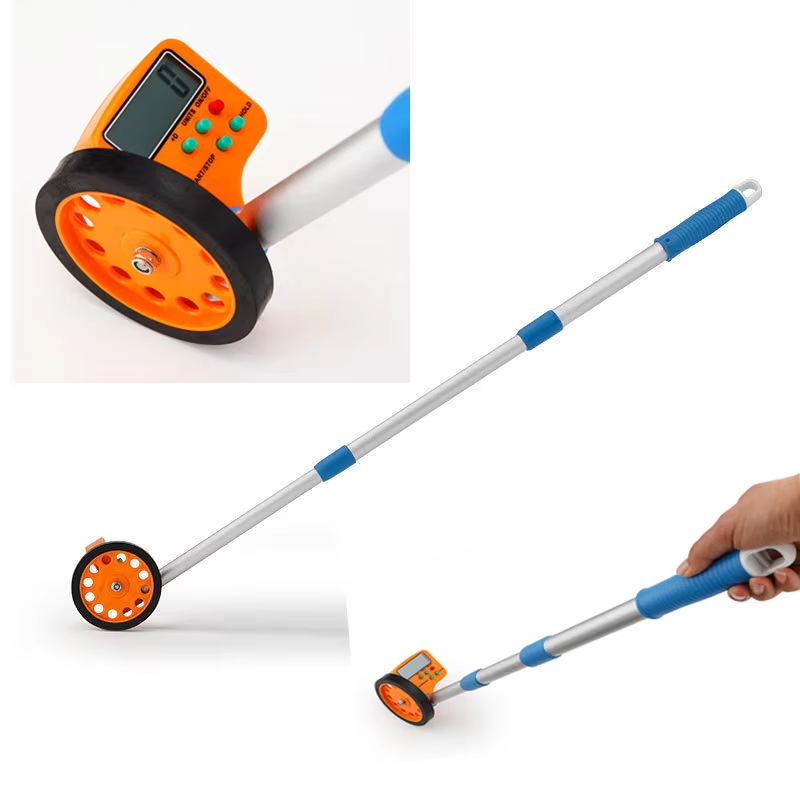 This device features several components, including a worm drive, a slider, a pencil, and a drawing board on which the distance travelled can be recorded. Today, modern measuring wheels have built-in counters or digital displays that quickly reveal the estimated measurement of the distance covered.
This device features several components, including a worm drive, a slider, a pencil, and a drawing board on which the distance travelled can be recorded. Today, modern measuring wheels have built-in counters or digital displays that quickly reveal the estimated measurement of the distance covered.
Measuring wheels were traditionally used to estimate the distances between territories, such as cities and towns. As for the present time, these tools are usually used to measure properties, like private lands, buildings, and government-owned premises, and to mark their boundaries. They may even be used by homeowners if they would like to survey their land or a portion of it.
Distance measuring wheels are staple tools for some professionals, especially for land surveyors, realtors, engineers, architects, remodelers, and construction workers.
The basic parts of a distance measuring wheel consist of a wheel and a handle attached to it. This tool is fairly simple to use because of its simple design. A person simply has to place the instrument on the designated starting point, ensure that the counter is at zero, hold the handle, then begin walking with the rolling tool until the designated end point is reached.
This tool is fairly simple to use because of its simple design. A person simply has to place the instrument on the designated starting point, ensure that the counter is at zero, hold the handle, then begin walking with the rolling tool until the designated end point is reached.
One full turn or revolution of a measuring wheel represents the circumference of that wheel. Thus, the distance covered is equal to the wheel circumference multiplied by how many times the wheel turned. Thankfully, users wouldn’t have to calculate this manually as measuring wheel counters do it automatically.
To roll a wheel over a given distance, users can push or pull the device while they walk. Measuring wheels can also be used to measure perimeters. To do that, a user must simply change the position of the tool as needed, without resetting the counter.
However, despite this simplicity, users must remember and pay attention to certain things. First is the fact that measuring wheels are estimators.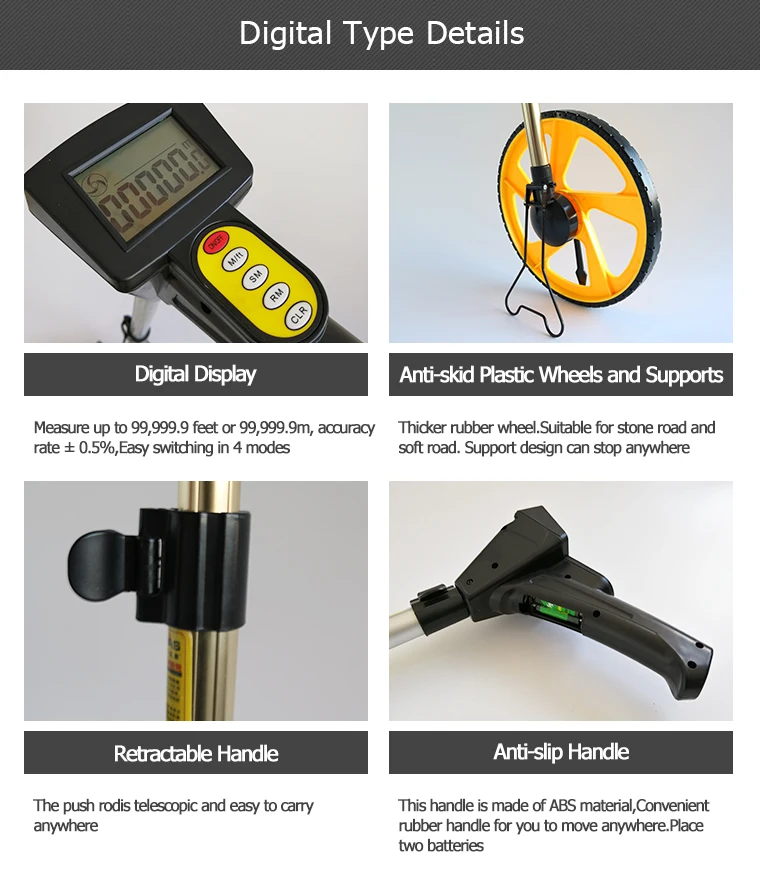 Thus, if a specific job needs highly accurate measurements, it would be better to use a tool that guarantees better accuracy.
Thus, if a specific job needs highly accurate measurements, it would be better to use a tool that guarantees better accuracy.
Secondly, these instruments are designed for flat and smooth surfaces. If the wheel is rolled over a bumpy, elevated, or even a muddy surface, the resulting estimate becomes less reliable. The same thing happens when the user keeps changing their pace while walking. Ideally, a user should maintain an even pace throughout the rolling and estimating process.
Third, distance measuring wheels come in different sizes. The general rule is that larger wheels are for outdoor terrains while smaller wheels are good for indoor spaces. It’s also important to know that different measuring wheel models use varying units of measurement. Thus, users can choose a particular model that can work with a unit they are comfortable with or something that suits their specific needs.
Keeping these things in mind can lessen the risks of having an estimate that seems too far off the exact measurement of the covered distance.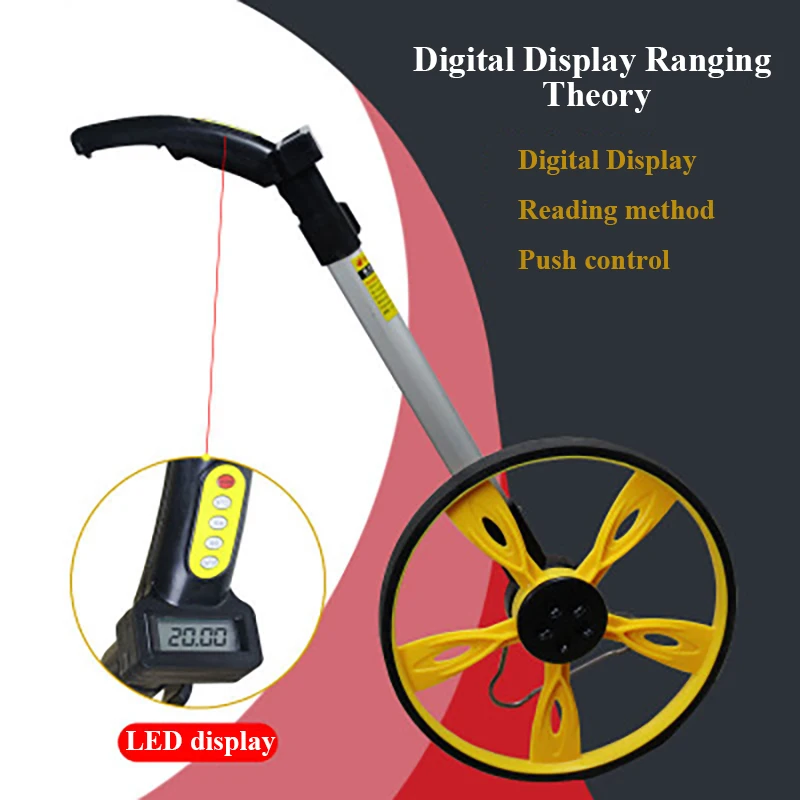 This is especially important when measuring or marking boundaries, as mistakes could have serious legal implications.
This is especially important when measuring or marking boundaries, as mistakes could have serious legal implications.
There are two general types of distance measuring wheels: the mechanical type and electronic type. Each type has its share of pros and cons--factors that professionals and companies must consider before deciding to buy distance measuring wheels.
Mechanical measuring wheels feature a simple operation. They have a complete set of components that can function without having to be connected to a power source. Thus, they can be very reliable for frequent use in very long distances.
The downside of mechanical types, however, is that they usually offer only a single unit of measurement. Because of that, users don’t have as much flexibility as they could have when they use an electronic type.
Electronic or digital measuring wheels usually have multiple measurement units. A Keson MP401E Digital Measure Wheel, for example, can measure in feet and inches, continuous inches, feet and tenths, as well as in metric. Electronic types are great for various types of settings, and they’re usually preferred by many professionals because of this.
Electronic types are great for various types of settings, and they’re usually preferred by many professionals because of this.
The only disadvantage of using electronic measuring wheels is their reliance on batteries. However, as long as the batteries are fully charged before use and that users bring spare ones along them, then this shouldn’t cause any problems during an estimating job.
As mentioned previously, the design of measuring wheels hasn’t changed much since its first appearance in the 17th century. However, what did change are the features that make these instruments more convenient and safer to use.
With that, below is a list of some of the best features that many professionals look for when buying distance measuring wheels. Most of these apply to both mechanical and electronic types, but there a few that apply only to electronic models.
A collapsible or telescoping body makes an instrument easier to carry and store.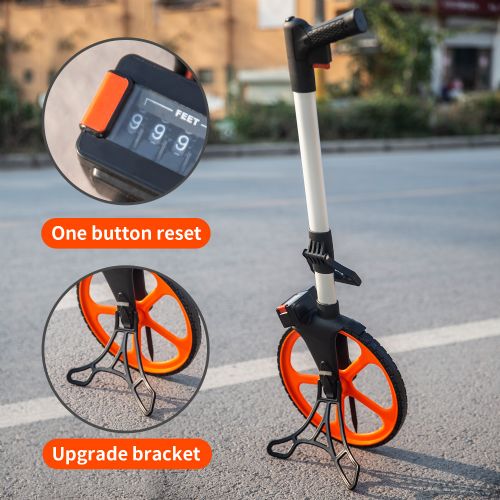 Distance measuring wheels are lengthy types of instruments, so having this portable feature is definitely a plus for many buyers.
Distance measuring wheels are lengthy types of instruments, so having this portable feature is definitely a plus for many buyers.
For professionals who work in several different sites, this feature makes it easy for them to keep their measuring wheel in their vehicle and bring it out only when it is needed.
Older models of measuring wheels often left users squinting and struggling when they have to read the final estimate that their device generated. Because of this, a magnified or larger display is one of the improvements that manufacturers decided to make. This feature lessens the risks of eye strain, which is almost always a part of any measuring job.
Some measuring wheels have their control buttons at the top while others have them at the lower portion of their handle. There are several problems with low-mounted control buttons, especially because users are left with no choice but to stoop or bend just so they can operate the control buttons.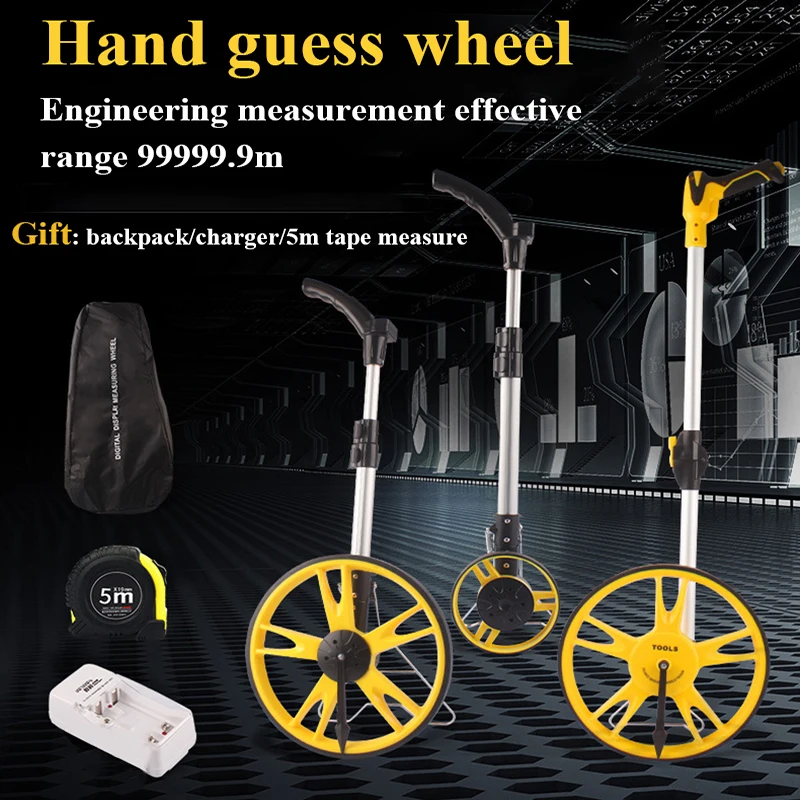 Because of that, top-mounted controls make a great feature for many users of measuring wheels.
Because of that, top-mounted controls make a great feature for many users of measuring wheels.
What’s more, most modern measuring wheels also have enlarged buttons, especially reset buttons. This feature is particularly beneficial for workers who use gloves. With enlarged buttons, they can keep their gloves on and press buttons without any problem.
Not all measuring wheel counters have an encasement. However, for those that do, the encasement safeguards the counter from different elements that could potentially damage it, such as moisture, rain, and dust.
An example of a measuring wheel with a sealed counter encasement is the Keson 15 1/2" Digital Measure Wheel. Its encasement is compliant with the National Electrical Manufacturers Association (NEMA) Class II standards, which means that it is highly protective against harmful elements.
Aside from measuring distances in terms of length, some measuring wheels can also convert units and make calculations, such as for volume, area, and circle calculations. An example of a device than can do this is the Digiroller Plus III by Calculated Industries.
An example of a device than can do this is the Digiroller Plus III by Calculated Industries.
Hand and wrist strain are a common problem among professionals who use a distance measuring wheel. It is for this reason that some manufacturers designed their wheels with an ergonomic grip handle. With this type of handle, holding and moving the device becomes less uncomfortable and also easier to control.
When surveying a piece of land, especially a very spacious one, it is highly likely that professionals will need to pause, either to rest or do another task that needs immediate attention. For situations like this, a measuring wheel with a flip-down kickstand comes in very handy.
This kickstand allows users to pause without compromising the stability of their device. Users may even leave their device for a few moments and come back to it once they can. Also, a flip-down kickstand allows users to store their measuring wheel in a standing or vertical position.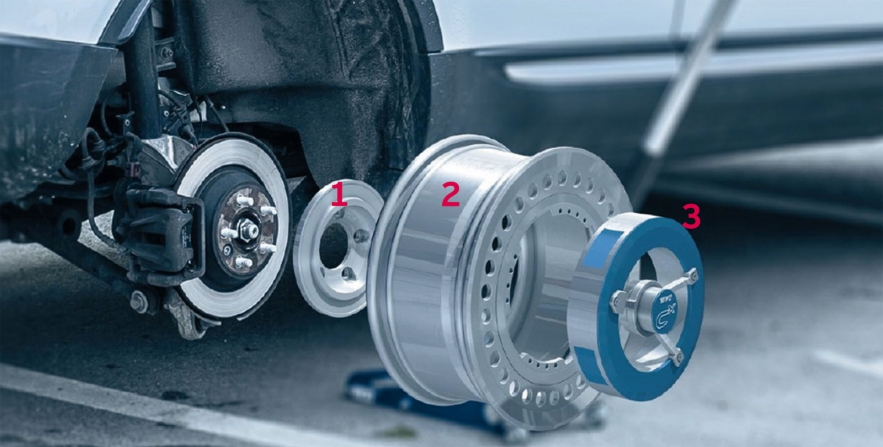 This way of storage is often more space-saving than the usual horizontal position, and it also helps in protecting the device from dents and scratches.
This way of storage is often more space-saving than the usual horizontal position, and it also helps in protecting the device from dents and scratches.
Walking around an open space has some risks associated with it, especially if there are heavy machines and large moving equipment in the area. Because of that, some measuring wheels are designed to provide high visibility with the use of safety reflectors.
Some popular examples of these are the Calculated Industries measuring wheels. Their color is a combination of black and bright green, which is easy to see even against complex backgrounds.
This feature is present in most modern electronic measuring wheels. An automatic shut off is intended to reduce the waste of battery life and, consequently, prolong the usability of batteries.
Having learned about the types and best features of measuring wheels, you now have a guide to refer to when buying this kind of device.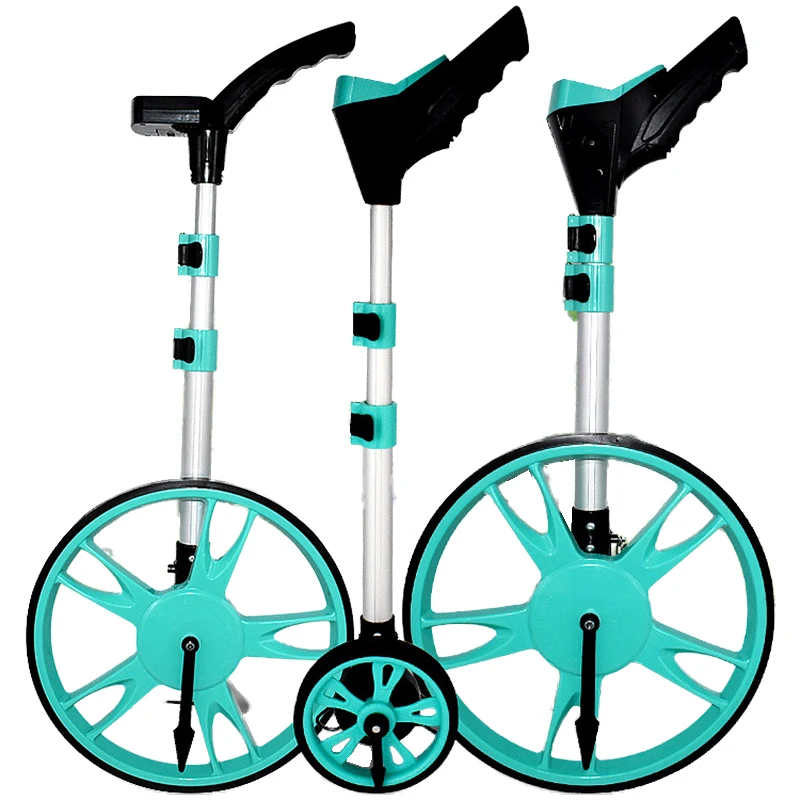 To make it simpler, you can start by narrowing down your choices. You can first make a choice between a mechanical and electronic type, between an indoor and outdoor type, and choose a range of wheel circumference that suits your needs.
To make it simpler, you can start by narrowing down your choices. You can first make a choice between a mechanical and electronic type, between an indoor and outdoor type, and choose a range of wheel circumference that suits your needs.
Your choice of brand is also very important. Here on Engineer Warehouse, we have several top brands that you can check out and choose from, including Keson and Calculated Industries. These companies have decades’ worth of reputation in the industry, and each product of theirs will surely prove to be a wise and cost-effective investment.
Another thing that is important to consider is the product warranty. In the event that you find a faulty component in your measuring wheel, it should be easy for you to have it repaired or replaced. Also, the warranty must be of reasonable coverage. Most warranties are good for one to two years, so be sure to check that before proceeding to checkout.
All products distributed by Engineer Warehouse are covered by manufacturer warranties.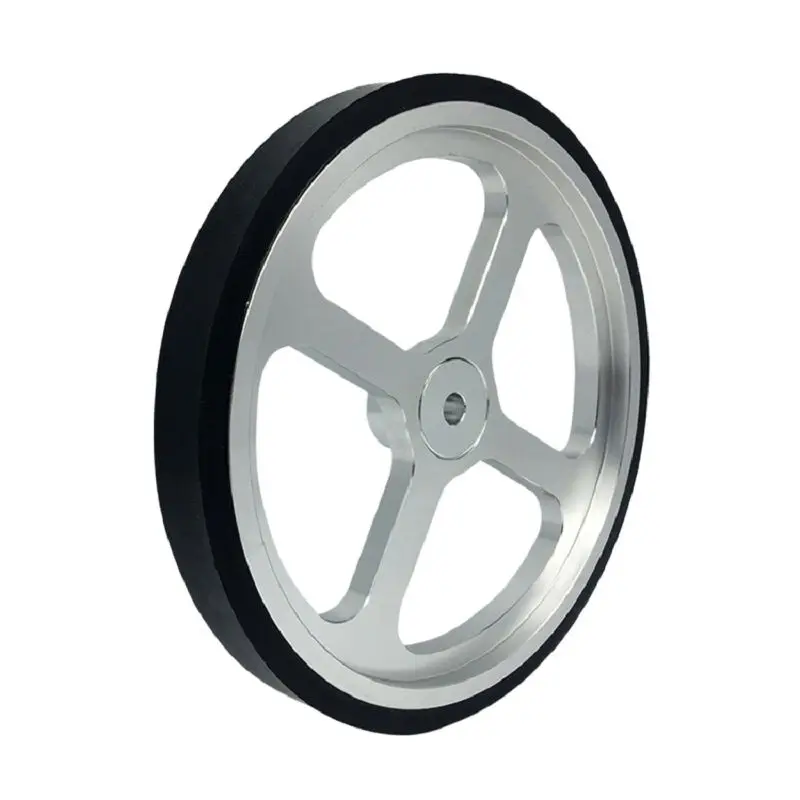 If you’re ready to purchase a distance measuring wheel, you can start here where you’re confident that only the best brands and best products are featured.
If you’re ready to purchase a distance measuring wheel, you can start here where you’re confident that only the best brands and best products are featured.
Rose dela Cruz specializes in turning technical topics into digestible articles and infographics. Coming from an interdisciplinary discipline, she has worked in various industries, including the AEC field and the education sector.
Back to Catalog
Click Main Image For Fullscreen Mode
| Type | Online-Only Auction |
|---|---|
| Price Realized | 25.00 USD |
| Date Sold | 9/16/2020 |
Click to add notes.
Notes saved
Bid Live
Your Max
0. 00 USD
00 USD
Your Bid
0.00 USD
New Max Bid
(No Minimum)
THE ACCEPTANCE OF HIGH BID BY THE AUCTIONEER CONSTITUTES A LEGAL AND BINDING CONTRACT WITH THE BUYER AND ACCEPTANCE OF THE TERMS AND CONDITIONS OF SALE UNDER IDAHO STATE LAW
Auction Terms & Conditions Please, read ALL of our terms & conditions before bidding.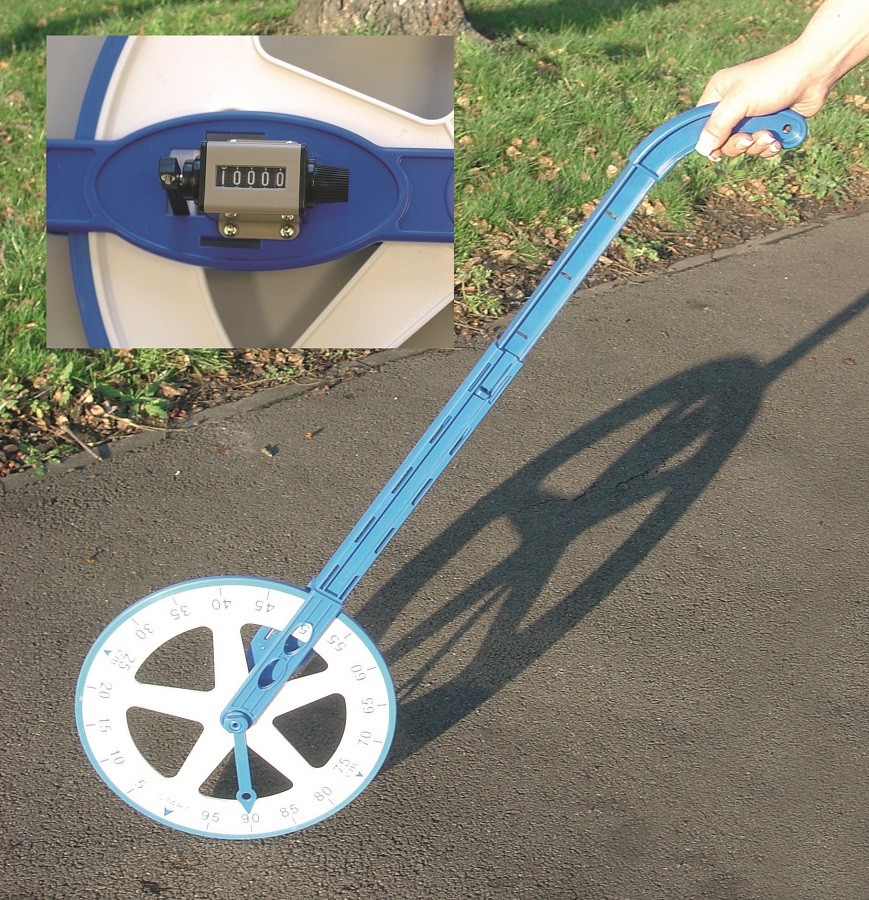 Thank You. 2. A 13% BUYERS PREMIUM will apply to each item unless declared otherwise or 10% Buyer's Premium for Cash / Approved Check or echeck. Sales tax of 6% will be applied to the total amount. A $14 Title Fee is charged on all vehicles requiring titles by Idaho Law. Personal checks will be approved / accepted after a customer establishes a purchase history at 5 auctions with no issues AND has spent a total of at least $1,000. 3. All items are offered for sale as is, where is and no special warranty or guarantee is made or implied as to condition, authenticity or era of any described item. All items are offered for sale to the highest bidder and the bidders must establish to their own satisfaction the authenticity and condition before bidding. All sales are final, no refunds, no exceptions, NO CHARGEBACKS 4. Auction sales are strictly for cash, cashier's check or personal check with prior approval, Credit / Debit Card or echeck. All sales are final at the close of the internet bidding.
Thank You. 2. A 13% BUYERS PREMIUM will apply to each item unless declared otherwise or 10% Buyer's Premium for Cash / Approved Check or echeck. Sales tax of 6% will be applied to the total amount. A $14 Title Fee is charged on all vehicles requiring titles by Idaho Law. Personal checks will be approved / accepted after a customer establishes a purchase history at 5 auctions with no issues AND has spent a total of at least $1,000. 3. All items are offered for sale as is, where is and no special warranty or guarantee is made or implied as to condition, authenticity or era of any described item. All items are offered for sale to the highest bidder and the bidders must establish to their own satisfaction the authenticity and condition before bidding. All sales are final, no refunds, no exceptions, NO CHARGEBACKS 4. Auction sales are strictly for cash, cashier's check or personal check with prior approval, Credit / Debit Card or echeck. All sales are final at the close of the internet bidding.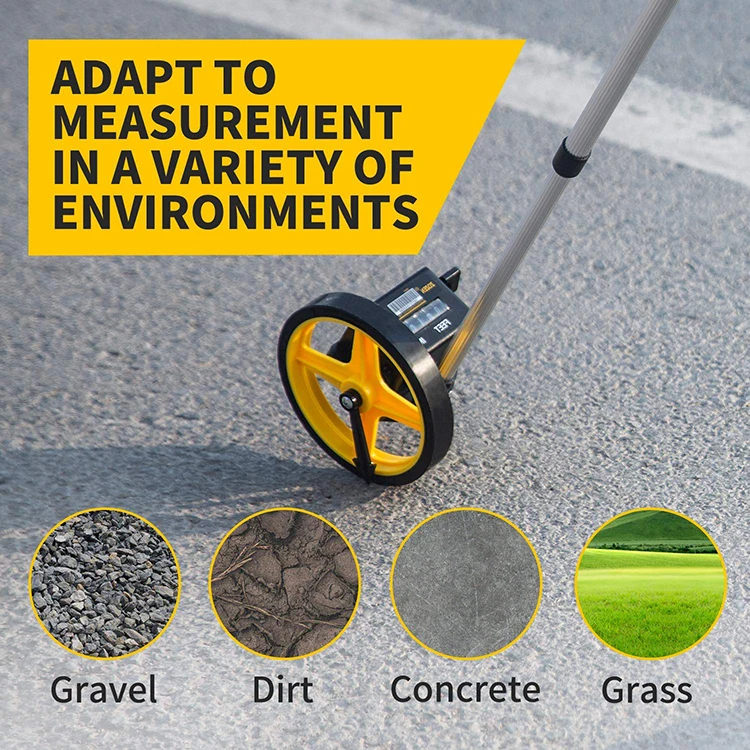 5. NO credit /debit card payments for firearm purchases. 6. Out of State Bidders will be required to pay by echeck for firearm purchases or for purchases over $500. ID will be required for all out of state purchases. Items will ship after echeck funds are deposited usually 5-7 business days. 7. BIDDING ONLINE ONLY. We accept only bidding online. If you do not have access to a computer but wish to bid the auction barn will create an account for you and bid on your behalf. 8. All items purchased by the successful bidder must be paid for on the day after the auction closes. Items purchased must be removed on the specified day unless other arrangements have been made. A Storage fee will apply to items held beyond the scheduled pickup day. 9. The highest bidder online will prevail. The Auctioneer reserves the right to refuse any bid not believed to be in good faith. Should any disputes arise between bidders the decision of the Auctioneer in the exercise of judgment as to the successful bidder will be final.
5. NO credit /debit card payments for firearm purchases. 6. Out of State Bidders will be required to pay by echeck for firearm purchases or for purchases over $500. ID will be required for all out of state purchases. Items will ship after echeck funds are deposited usually 5-7 business days. 7. BIDDING ONLINE ONLY. We accept only bidding online. If you do not have access to a computer but wish to bid the auction barn will create an account for you and bid on your behalf. 8. All items purchased by the successful bidder must be paid for on the day after the auction closes. Items purchased must be removed on the specified day unless other arrangements have been made. A Storage fee will apply to items held beyond the scheduled pickup day. 9. The highest bidder online will prevail. The Auctioneer reserves the right to refuse any bid not believed to be in good faith. Should any disputes arise between bidders the decision of the Auctioneer in the exercise of judgment as to the successful bidder will be final.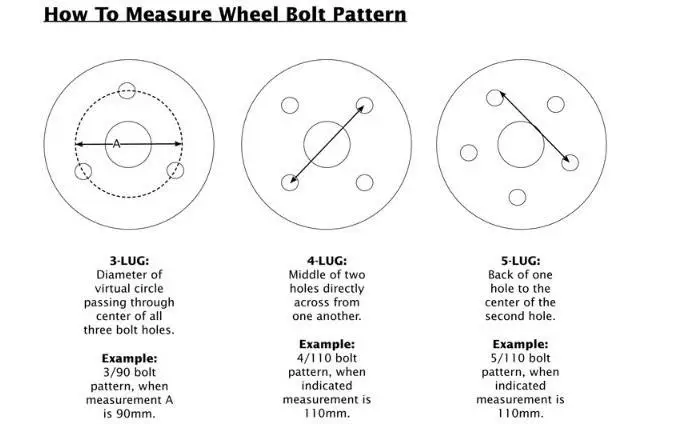 10. All items offered for sale in this auction will be offered for sale by auction only and there are no presales. 11. The Auctioneer or Auction House assumes no responsibility for errors in the catalog, advertising or on the part of the bidder. 12. Idaho Sales Tax is payable by all buyers liable to tax. No sales tax will be charged for shipments out of state. Out of state bidders who pick up in person WILL be charged sales tax. All Dealers must provide a valid ST-101 for Tax-Exempt Status. 13. Consignors are not allowed to bid on their own merchandise nor have any agent bid on their behalf. If the Auctioneer recognizes such bidding or is advised of the same he may withdraw any or all lots consigned by the offender and will publicly recognize that consignor and/or will block that offender's bid account. 14. New bidders / Out of State Bidders accounts may be limited or will be required to supply a $50 Deposit to be applied to their purchase until their account has been established.
10. All items offered for sale in this auction will be offered for sale by auction only and there are no presales. 11. The Auctioneer or Auction House assumes no responsibility for errors in the catalog, advertising or on the part of the bidder. 12. Idaho Sales Tax is payable by all buyers liable to tax. No sales tax will be charged for shipments out of state. Out of state bidders who pick up in person WILL be charged sales tax. All Dealers must provide a valid ST-101 for Tax-Exempt Status. 13. Consignors are not allowed to bid on their own merchandise nor have any agent bid on their behalf. If the Auctioneer recognizes such bidding or is advised of the same he may withdraw any or all lots consigned by the offender and will publicly recognize that consignor and/or will block that offender's bid account. 14. New bidders / Out of State Bidders accounts may be limited or will be required to supply a $50 Deposit to be applied to their purchase until their account has been established. 15. Out of State Bidders will be required to pay by echeck for Gun purchases or for purchases over $500. ID will be required for all out of state purchases. Items will ship after echeck funds are deposited usually 5-7 business days. 16. Bidders with poor reputation though hi-bid™ will be approved at the auctioneer's sole discretion and requirements and may be required to place a deposit. 17. THE ACCEPTANCE OF HIGH BID BY THE AUCTIONEER CONSTITUTES A LEGAL AND BINDING CONTRACT WITH THE BUYER AND ACCEPTANCE OF THE TERMS AND CONDITIONS OF SALE UNDER IDAHO STATE LAW. --------------------------------------------- ------------------------------------------ Terms Of Use
15. Out of State Bidders will be required to pay by echeck for Gun purchases or for purchases over $500. ID will be required for all out of state purchases. Items will ship after echeck funds are deposited usually 5-7 business days. 16. Bidders with poor reputation though hi-bid™ will be approved at the auctioneer's sole discretion and requirements and may be required to place a deposit. 17. THE ACCEPTANCE OF HIGH BID BY THE AUCTIONEER CONSTITUTES A LEGAL AND BINDING CONTRACT WITH THE BUYER AND ACCEPTANCE OF THE TERMS AND CONDITIONS OF SALE UNDER IDAHO STATE LAW. --------------------------------------------- ------------------------------------------ Terms Of Use
Seller User Terms
Bidder User Terms
Your bid must adhere to the bid increment schedule.
| Bid Amount | Bid Increment |
|---|---|
0. 00
-
19.00 00
-
19.00
|
1.00 USD |
| 19.01 - 97.50 | 2.50 USD |
| 97.51 - 495.00 | 5.00 USD |
| 495.01 - 990.00 | 10.00 USD |
| 990.01 - 1,475.00 | 25.00 USD |
| 1,475.01 - 4,975.00 |
50.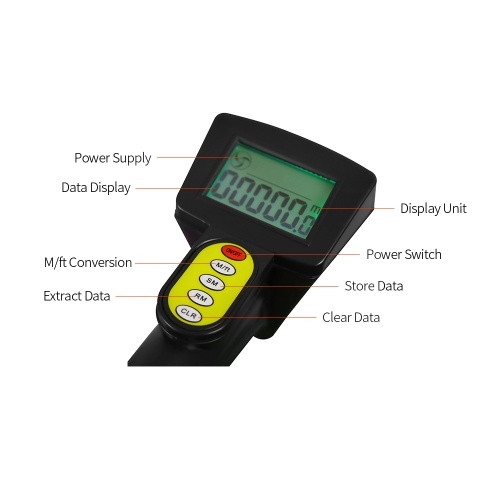 00 USD 00 USD
|
| 4,975.01 - 9,950.00 | 100.00 USD |
| 9,950.01 - 14,900.00 | 100.00 USD |
| 14,900.01 - 19,750.00 | 250.00 USD |
| 19,750.01 - 99,500.00 | 500.00 USD |
| 99,500.01 - 9,999,999.99 | 1,000.00 USD |
Shipping available on most items with some exceptions.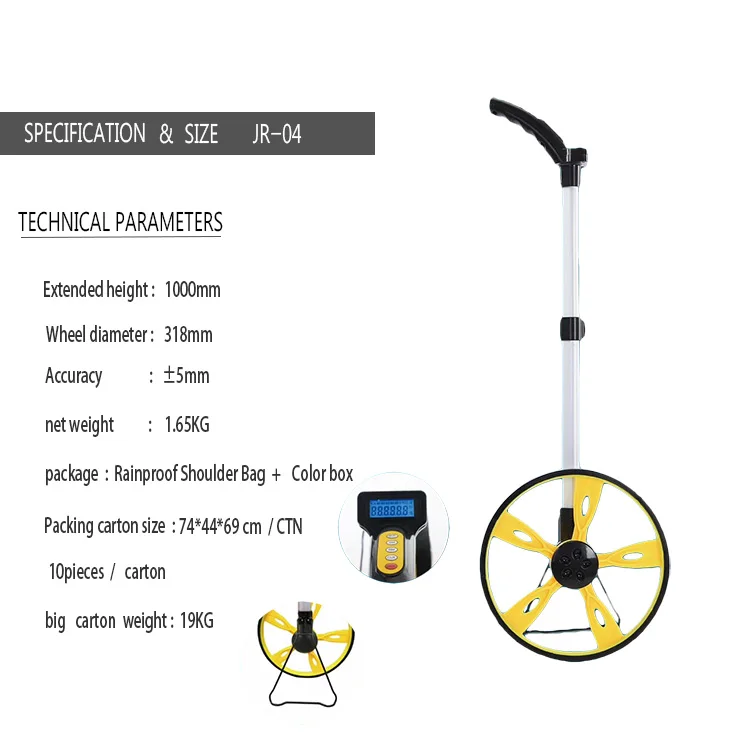 We ship via USPS & FedEx
Call to confirm availability and get QUOTES / ESTIMATES Mon-Fri 10:00-5:00 Hutch (208)731-4567 or Joe (208) 280-1380.
Shipping Charges:
~ Exact postage plus 30% for handling with a $7.50 minimum.
~ We cannot guarantee special shipping requests but you are welcome to ask.
~ The minimum shipping charge is $15.00
~ Shipping for any item is never guaranteed unless the bidder has confirmed it with the auctioneer prior to auction close.
~ If a buyer has not received prior approval and buys an item deemed unshippable, the buyer must pay a restocking fee of 30% invoice price ($10 minimum)
Additional Charges Apply For:
~ Items from an “ON-LOCATION” estate auction that must be brought back to the barn and will be charged an additional $25.
~ Gold, silver, & currency with a total shipping value over $200 that the auctioneers require to be mailed via registered mail.
We ship via USPS & FedEx
Call to confirm availability and get QUOTES / ESTIMATES Mon-Fri 10:00-5:00 Hutch (208)731-4567 or Joe (208) 280-1380.
Shipping Charges:
~ Exact postage plus 30% for handling with a $7.50 minimum.
~ We cannot guarantee special shipping requests but you are welcome to ask.
~ The minimum shipping charge is $15.00
~ Shipping for any item is never guaranteed unless the bidder has confirmed it with the auctioneer prior to auction close.
~ If a buyer has not received prior approval and buys an item deemed unshippable, the buyer must pay a restocking fee of 30% invoice price ($10 minimum)
Additional Charges Apply For:
~ Items from an “ON-LOCATION” estate auction that must be brought back to the barn and will be charged an additional $25.
~ Gold, silver, & currency with a total shipping value over $200 that the auctioneers require to be mailed via registered mail.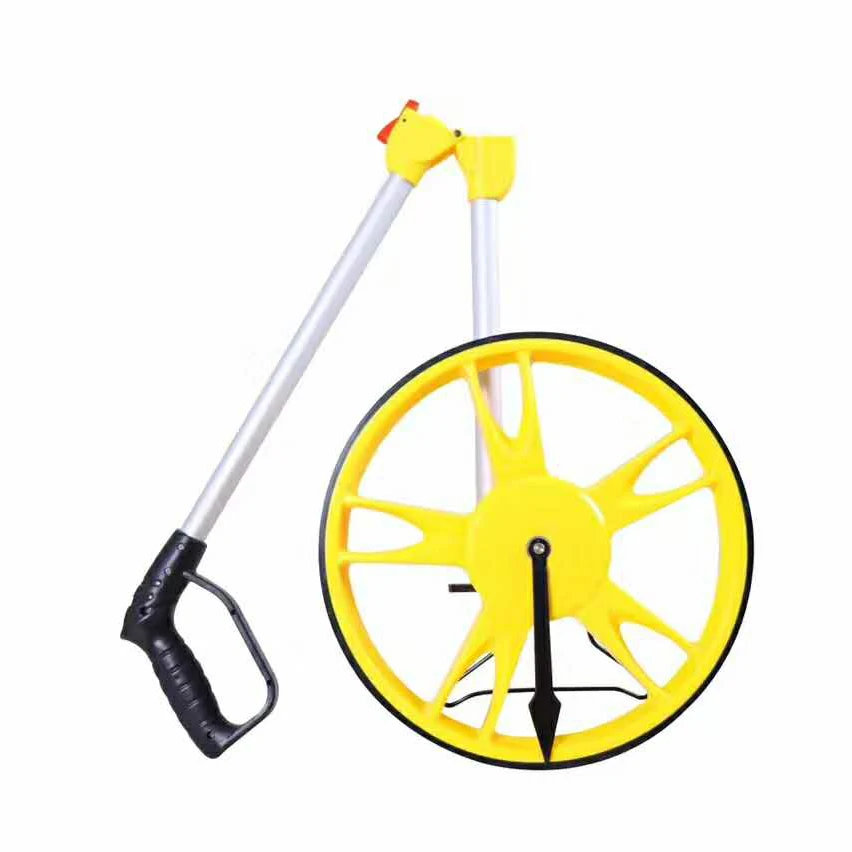 ~ Very fragile items requiring special packaging.
~ Insurance (1% of item price) automatically added to items over $100 unless buyer requests otherwise. (Exception: Currency & precious metals are not insurable)
~ Signature confirmation of items valued over $50
~ Any item valued over $200 that is required to be sent registered mail.
Examples:
~ (USPS) our cost $8.00 plus signature $2.55 and $7.50(min) handling =$18.50
~ (Fed-Ex) our cost $15.00 plus signature $4.75 and $7.50(min) handling = $27.25
~ (Fed-Ex) our cost $58.77 plus signature $4.75 and $19.07(30%) handling = $82.59
~ (Fed-Ex) our cost $35.00 plus signature $4.75 and $11.93(30%) handling and item was not at our barn but located at an “ON-LOCATION” estate $25.00 = $76.68
Please Note:
~ Ammo must be mail VIA FedEx (minimum shipping charge with FedEx is $25)
~ Coins, currency and precious metals are NOT insurable.
~ The items must be shippable as is.
~ Very fragile items requiring special packaging.
~ Insurance (1% of item price) automatically added to items over $100 unless buyer requests otherwise. (Exception: Currency & precious metals are not insurable)
~ Signature confirmation of items valued over $50
~ Any item valued over $200 that is required to be sent registered mail.
Examples:
~ (USPS) our cost $8.00 plus signature $2.55 and $7.50(min) handling =$18.50
~ (Fed-Ex) our cost $15.00 plus signature $4.75 and $7.50(min) handling = $27.25
~ (Fed-Ex) our cost $58.77 plus signature $4.75 and $19.07(30%) handling = $82.59
~ (Fed-Ex) our cost $35.00 plus signature $4.75 and $11.93(30%) handling and item was not at our barn but located at an “ON-LOCATION” estate $25.00 = $76.68
Please Note:
~ Ammo must be mail VIA FedEx (minimum shipping charge with FedEx is $25)
~ Coins, currency and precious metals are NOT insurable.
~ The items must be shippable as is. ~ We will not dismantle an item to make it shippable.
~ Fragile items may have additional costs involved for special care or packaging materials.
~ Auctioneer reserves the right to deem an item 'unshippable' due to size, weight, or destination.
~ If a buyer has not received prior approval and buys an item deemed unshippable, the buyer must pay a restocking fee of 30% invoice price ($10 minimum)
~ Our ship out date is the Wednesday following the auction. Tracking will be provided.
~ Buyer must CONFIRM CORRECT SHIPPING ADDRESS. Please compare the account info/invoice address and CALL us with any changes.
~ Confirm with us that the item is 'shippable' before bidding. Shipping for any item is never guaranteed unless the bidder has confirmed it with the auctioneer prior to auction close.
We DO NOT Ship:
~ Sets of china/stemware.
~ Bargain lots with multiple items.
~ Pictures over 12”
~ Gunpowder/firecrackers, or other items deemed 'dangerous goods' by USPS.
~ We will not dismantle an item to make it shippable.
~ Fragile items may have additional costs involved for special care or packaging materials.
~ Auctioneer reserves the right to deem an item 'unshippable' due to size, weight, or destination.
~ If a buyer has not received prior approval and buys an item deemed unshippable, the buyer must pay a restocking fee of 30% invoice price ($10 minimum)
~ Our ship out date is the Wednesday following the auction. Tracking will be provided.
~ Buyer must CONFIRM CORRECT SHIPPING ADDRESS. Please compare the account info/invoice address and CALL us with any changes.
~ Confirm with us that the item is 'shippable' before bidding. Shipping for any item is never guaranteed unless the bidder has confirmed it with the auctioneer prior to auction close.
We DO NOT Ship:
~ Sets of china/stemware.
~ Bargain lots with multiple items.
~ Pictures over 12”
~ Gunpowder/firecrackers, or other items deemed 'dangerous goods' by USPS.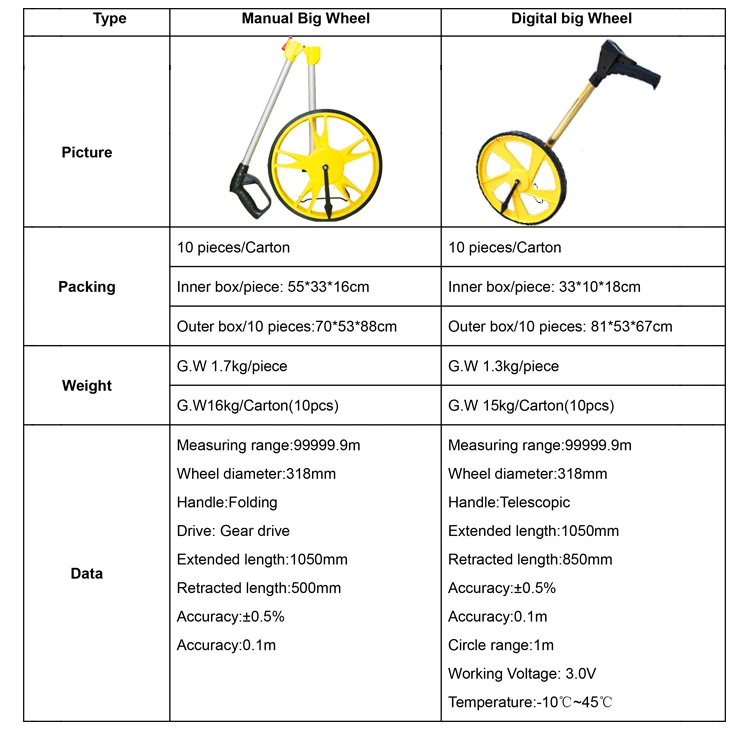 ~ We do not ship only one item out of a lot. (If you buy a lot you take it all)
Firearms:
~ We ship only to FFL Dealers in the US (exception: We do not ship firearms to California) Buyer must know regulations for their state and provide us with the FFL to ship to.
Freight:
~ Freight is available upon request but must be approved by the auctioneer prior to bidding.
Crating charges are $65 an hour plus materials.
Returns / Refunds:
~ Items are sold AS-IS and we do not accept returns or offer refunds. However, your satisfaction is important to us. If you’ve received an item that is significantly different from how it was described or pictured and you are not satisfied, please call us. Any refunds/credits are given at the discretion of the auctioneer on a case by case basis.
If you have any question about how we ship
call Joe at 208-280-1380
~ We do not ship only one item out of a lot. (If you buy a lot you take it all)
Firearms:
~ We ship only to FFL Dealers in the US (exception: We do not ship firearms to California) Buyer must know regulations for their state and provide us with the FFL to ship to.
Freight:
~ Freight is available upon request but must be approved by the auctioneer prior to bidding.
Crating charges are $65 an hour plus materials.
Returns / Refunds:
~ Items are sold AS-IS and we do not accept returns or offer refunds. However, your satisfaction is important to us. If you’ve received an item that is significantly different from how it was described or pictured and you are not satisfied, please call us. Any refunds/credits are given at the discretion of the auctioneer on a case by case basis.
If you have any question about how we ship
call Joe at 208-280-1380
| Bidder | Bids | High Bid | Last Bid |
|---|---|---|---|
In the case of a tie bid, precedence is given to the earliest bid
Notes saved
We detected that your JavaScript seems to be disabled.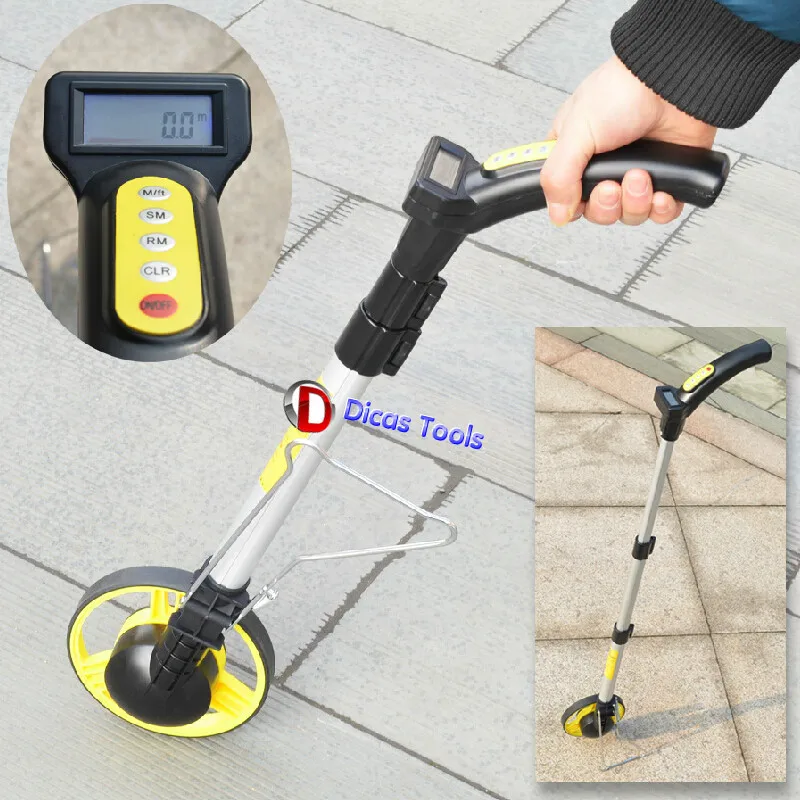
You must have JavaScript enabled in your browser to utilize the functionality of this website.
What kind of thing is this curvimeter? What is hidden under this incomprehensible word? And what does it have to do with roads? Probably all of us have asked ourselves such questions more than once. Now we will remove the veil of secrecy over this mysterious device.
Let's start with the name first. Such a strange word came to us from the Latin and Greek languages and it means, respectively, “curved” (curvus) and “measured” (metreo).
The main task of curvimeters is to measure the length of lines of any shape (including winding ones), which makes them indispensable for determining distances on plans, drawings, maps or on real objects.
The design of a conventional mechanical curvimeter is simple - it is a toothed roller of a certain diameter, a counter of passed teeth and a dial with a scale (usually installed on both sides of the device, but in different measurement systems: centimeters and inches).
To calculate the length of a line, it is enough to draw this tool along it from one end to the other. The error of such a device is approximately 0.5%.
A more advanced version - an electronic curvimeter, already has a liquid crystal display and is capable of performing more serious calculations in different units of measurement (kilometers, miles and nautical miles). The measurement error of such a device is 0.2%.
But all these curvimeters are quite small in size, fitting in the palm of one hand. There are similar tools and much larger dimensions, since not all distances are determined on maps in warm rooms. Often this needs to be done on a real road.
Back in the ancient and Middle Ages, people used such road curvimeters, or, as they are also called "measuring wheels", to measure distances between settlements. In those days, they could even be installed on horse-drawn carts.
Today, such measuring instruments are no less in demand. Like hand-held curvimeters, road ones are also mechanical (analog) and electronic. The principle of their operation also does not differ from small counterparts.
Like hand-held curvimeters, road ones are also mechanical (analog) and electronic. The principle of their operation also does not differ from small counterparts.
Today, road wheels can help measure the length of railroad tracks or difficult roads, they are used at the scene of a traffic accident, in the production of construction or landscaping, inventory of agricultural or forest land.
That is, these devices will cope where it is impractical to use expensive measuring equipment (rangefinders), or the process will be too laborious (for example, tape measures and measuring tapes).
Each of these two types of road curvimeters has its own advantages.
So, analog ones, unlike electronic ones, have a more durable case and do not require changing batteries, which makes them resistant to climatic conditions and durable.
On the other hand, electronic instruments are capable of carrying out calculations inaccessible to mechanical devices with high measurement accuracy, memorizing and translating their results into different measurement systems.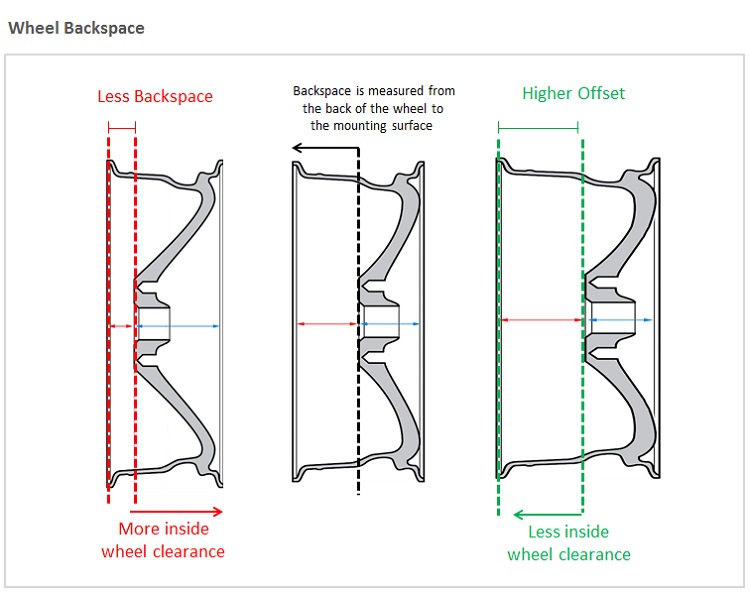 Moreover, due to the presence of backlight, even in the dark, or in low light.
Moreover, due to the presence of backlight, even in the dark, or in low light.
Measuring wheels can be of any size, with different types of wheels (simply disc or with spokes), or differ in measurement ranges and divisions.
The online store "Instrument City" has the opportunity to offer you road wheels (curvimeters) from several well-known manufacturers at once, among which are the measuring instruments that have recently appeared on our sale, manufactured by GEOBOX and YAMAYO.
You have JavaScript disabled. Please change your browser settings.
Russian Art of the 20th CenturyMaterialsMaterials
Action Art: Performances, Actions, Happenings
Objects, Installations and Ready-Mades
Conceptualism and Sots Art
The Thaw and the 1960s. The Birth of the Underground
Socialist Realism
Artistic Life in the Soviet Union after the October Revolution of 1917
Russian Avant-Garde
Russian Modern
Promotions, performances, chapping
Action from Futurists to Pavlensky
Objects, Installations, Maida
Why were the art of garbage and fur cups
Acceives and Social ‑art
All about Ilya Kabakov, Erik Bulatov and Komar with Melamid
Thaw and the sixties: the birth of the underground
How Khrushchev gave life to unofficial art
Social realism
What style of painting did Stalin create
Art after the revolution: the artist and the authorities
How Diaghilev, Benois and Bakst changed Russian reality
Author Galina Elshevskaya
The situation with contemporary art since the 20th century is reminiscent of the smile of the Cheshire Cat by Lewis Carroll: the cat has disappeared, the smile hangs in the air, and it is not clear whether it exists or is imagined. It is completely incomprehensible to an uninitiated person what are the selection criteria that allow an artistic phenomenon to fall into the cell of contemporary art. It is only clear that artistry in the usual sense of the word has nothing to do with it.
A famous artist wraps bridges and public buildings in nylon and polypropylene. Another travels the world and marks museums and galleries by drawing a banana on their walls. The third, stripped naked, depicts a dog in front of the surprised residents of Stockholm. People buy for a lot of money jars that say "Artist's Shit": what is actually in the jars is unknown. These are all new art forms discovered in the 20th century. We will talk about some of these forms in the next two lectures, and for this we will not limit ourselves to Russian material and take a few steps back in chronology. First, about objects and installations.
These are all new art forms discovered in the 20th century. We will talk about some of these forms in the next two lectures, and for this we will not limit ourselves to Russian material and take a few steps back in chronology. First, about objects and installations.
The word "object" itself has many meanings. An object, for example, can be considered a found thing that the artist did not touch (or almost did not touch), but only designated it as his work. The first, as it is believed, was the Frenchman Marcel Duchamp. His ready-mades are a bicycle wheel bolted to a stool, a bottle dryer and, of course, a urinal upside down and placed on a podium, dubbed the Fountain. The main thing here is the will of the author, and the author is not the one who made something with his hands, say, painted a picture, but the one who said: this is art, because I, the artist, affirm this. Here, intention is much more important than execution. A dryer and a urinal are much more than just a dryer and a urinal: they manifest a new role for the artist, a new way of presenting a work, and an entirely new context for the relationship between art and the viewer.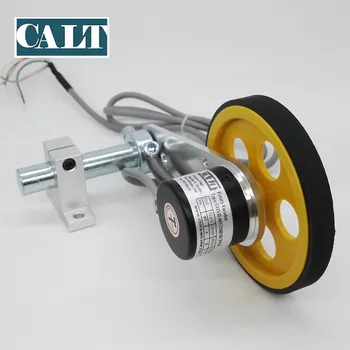 This changed the entire history of 20th-century art and pushed its boundaries endlessly.
This changed the entire history of 20th-century art and pushed its boundaries endlessly.
1 / 3
Marcel Duchamp. Bicycle wheel. 1951 © Joseph Bergen / CC BY-NC-ND 2.0
2 / 3
Marcel Duchamp. Bottle dryer. 1914 © Flickr / neogejo / CC BY-NC-ND 2.0
3 / 3
Marcel Duchamp. Fountain. 1917 Wikimedia Commons / Philadelphia Museum of Art
But besides the designated object, there is also an object made, built. Not an artistic gesture, but a man-made thing. Such objects are located in a shimmering space next to either traditional art forms - painting and sculpture - or less traditional ones - architectural or machine design. They seem to break out of these species and at the same time retain a connection with them, a memory of their materials and methods of creation. And in general, the memory of the craft.
In the history of the Russian avant-garde, the most famous creator of such objects - counter-reliefs - was Vladimir Tatlin.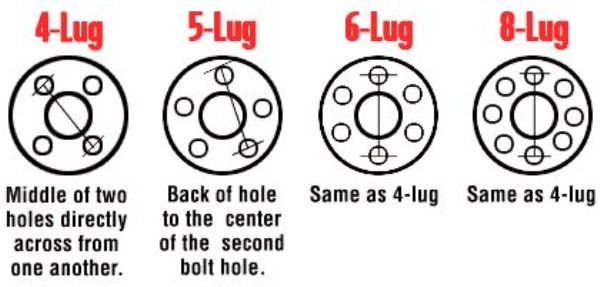 These are voluminous compositions made of wooden, metal and even glass parts attached to a board: Tatlin especially appreciated the "truth of the material" and loved these materials for their weight, for the fact that they are a "real thing", and, for example, never corrected natural damage to the tree. In addition to Tatlin, at the turn of the 1910s and 20s, many people created this kind of art - David Burliuk, Ivan Klyun, Ivan Puni, Lev Bruni, Vladimir Baranov-Rossine, and so on; In the West, Pablo Picasso is considered the discoverer of three-dimensional paintings. And all these are really three-dimensional paintings - they can hang on the wall, they have a lively connection with painting (in Tatlin, partly even with an icon), but they actively capture space without becoming a sculpture. Much later, the French artist Jean Dubuffet coined the word "assemblage" to refer to such works. This is a collage that uses not only flat elements, but also three-dimensional ones - including ready-made items, found or bought.
These are voluminous compositions made of wooden, metal and even glass parts attached to a board: Tatlin especially appreciated the "truth of the material" and loved these materials for their weight, for the fact that they are a "real thing", and, for example, never corrected natural damage to the tree. In addition to Tatlin, at the turn of the 1910s and 20s, many people created this kind of art - David Burliuk, Ivan Klyun, Ivan Puni, Lev Bruni, Vladimir Baranov-Rossine, and so on; In the West, Pablo Picasso is considered the discoverer of three-dimensional paintings. And all these are really three-dimensional paintings - they can hang on the wall, they have a lively connection with painting (in Tatlin, partly even with an icon), but they actively capture space without becoming a sculpture. Much later, the French artist Jean Dubuffet coined the word "assemblage" to refer to such works. This is a collage that uses not only flat elements, but also three-dimensional ones - including ready-made items, found or bought.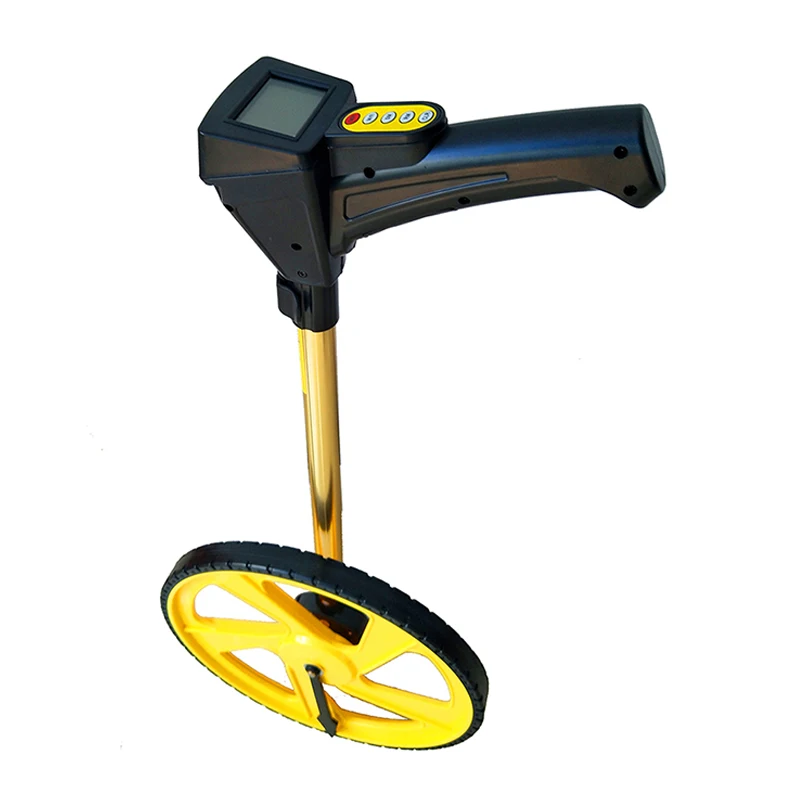
1 / 2
Vladimir Tatlin (center) at work on the monument to the Third Communist International. 1919 Tretyakov Gallery / Bridgeman Images / Fotodom
2 / 2
Vladimir Tatlin. Corner relief. 1915 State Russian Museum / Bridgeman Images / Fotodom
In objects, elements and materials are combined, and it can be very different in meaning. It can, like Tatlin, appeal to the organic perception of the whole, simultaneously to sight and touch. Or, in a playful way, destroy the border between art and life. It happens that the material is used and in a completely unusual role for it. For example, the German artist Günter Uecker makes paintings from nails. When these are just abstractions, the arrangement of the nails imitates all the signs of the picture: rhythm, chiaroscuro, and so on. And when the same Ucker undertakes to drive nails not into a plane, but into a finished object, for example, into a chair or a TV, then we get an absurdist object in a Dadaist and surrealist spirit.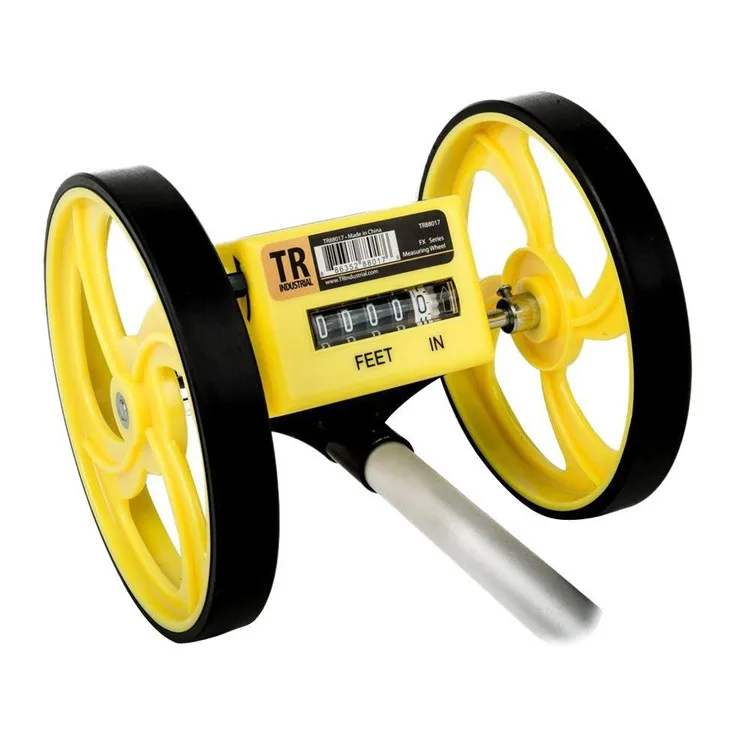 Actually, it was the Dadaists and Surrealists who legitimized this new type of object. And this is precisely an independent object: it loses its connection with the picture plane, it exists as a separate object for which there is no usual genre definition.
Actually, it was the Dadaists and Surrealists who legitimized this new type of object. And this is precisely an independent object: it loses its connection with the picture plane, it exists as a separate object for which there is no usual genre definition.
1 / 2
Günther Uecker. Piano. 1964 © John Kannenberg / CC BY-NC-ND 2.0
2 / 2
Günther Uecker. diagonal structure. 1975 © flickr.com / centralalasian / CC BY 2.0
One of the most famous Surrealist objects is Meret Oppenheim's "Fur Tea Set", created in 1936: a cup, saucer and spoon covered in brown fur. Her other equally absurd work 1963 years is called "A Box of Small Animals". This is a box with a door, on the inner walls of which pasta in the form of butterflies is pasted: in Italian they are called farfalle, which means "butterfly"; these pasta are those very small animals.
Meret Oppenheim. Fur tea service. 1936 © Antonio Campoy / CC BY 2.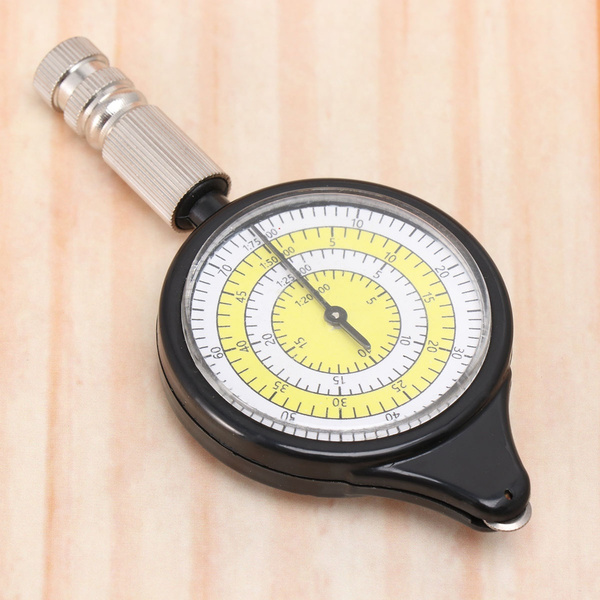 0
0 Surrealistic objects, even in descriptions, look fascinating. For example, Salvador Dali's "Lobster Phone" (aka "Aphrodisiac Phone"): the phone was bought in a store, but instead of a handset, a lobster sculpture rests on it. Dali himself explained this work as follows: “I don’t understand why, when I order a fried lobster in a restaurant, they never serve me a hot phone; I still don’t understand why champagne is always drunk chilled, but telephone handsets, which are usually so disgustingly warm and unpleasantly sticky to the touch, are never served in the same silver buckets with crushed ice.”
Salvador Dali. Lobster phone. 1938 © Flickr / pellgen / CC BY-NC-ND 2.0; Minneapolis Institute of Arts Franco-American artist Man Ray made the object "Gift" - an iron with fourteen spikes on the sole. And he also made an object called "The Mystery of Isidore Ducasse", which looks like a shapeless knot from a blanket tied with a rope.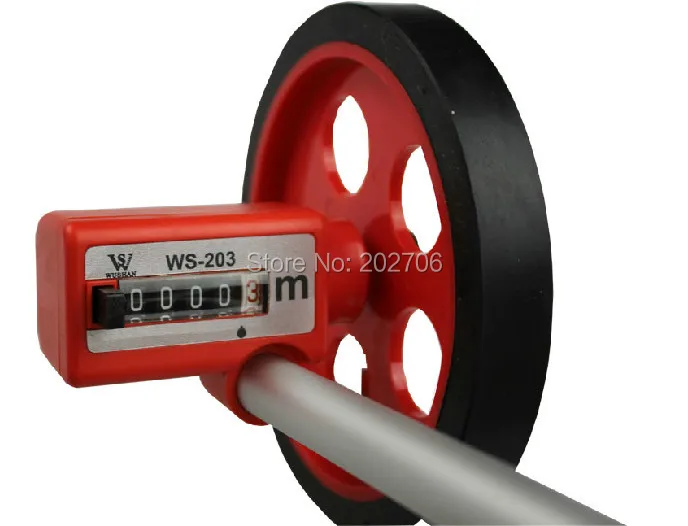 The riddle can be solved if you know that Isidore Ducasse, aka Lautreamont, is a 19th-century writer, an idol of the Surrealists and Dadaists, who uttered the key phrase for them: “Beauty is a chance meeting of a sewing machine and an umbrella on an anatomical table.” Therefore, a sewing machine is hidden inside the blanket.
The riddle can be solved if you know that Isidore Ducasse, aka Lautreamont, is a 19th-century writer, an idol of the Surrealists and Dadaists, who uttered the key phrase for them: “Beauty is a chance meeting of a sewing machine and an umbrella on an anatomical table.” Therefore, a sewing machine is hidden inside the blanket.
A beautiful story happened to Man Ray's 1923 Object to Destroy. It was a ready-made metronome, to the pendulum of which was attached a small photograph of a human eye - the eye of Lee Miller, photographer, fashion model and Man Ray's lover in those years. The metronome was accompanied by the instruction: “Cut out an eye from a photograph of someone who was loved, but whom you no longer see. Attach the eye to the metronome's pendulum and adjust it to your desired tempo. Wait for the pendulum to stop. Taking a hammer in your hands, take good aim and try to destroy the entire structure with one blow.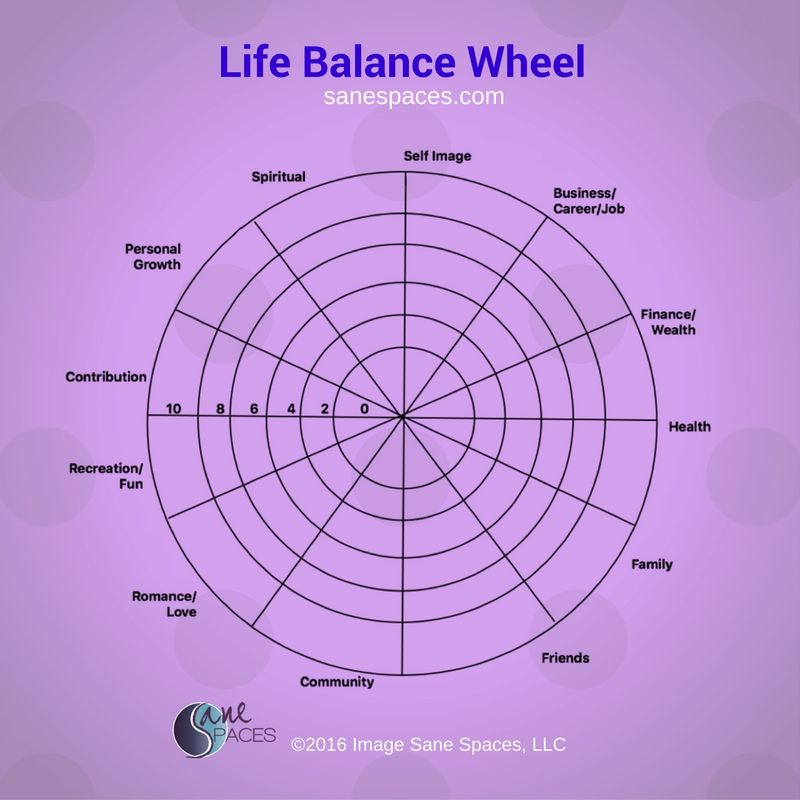 At 19In the year 57 in Paris, rebellious students broke into the exhibition where the "Object for Destruction" was located, stole it and, in fact, destroyed it - but not with a hammer, but with a shot. Since Man Ray was still alive, he gladly made several author's repetitions of the work, but changed its title. Now it was called "Indestructible Object".
At 19In the year 57 in Paris, rebellious students broke into the exhibition where the "Object for Destruction" was located, stole it and, in fact, destroyed it - but not with a hammer, but with a shot. Since Man Ray was still alive, he gladly made several author's repetitions of the work, but changed its title. Now it was called "Indestructible Object".
It can be said that it was the absurdist line that became the main, dominant line in the development of artistic objects. In particular, the object in pop art continues the same poetics. Which is natural: the main target of pop art is the consumer society, and it is not surprising that it parodies or critically reproduces the main consumer goods. For example, the American pop artist Claes Oldenburg erected huge monuments to simple things: a clothespin, a shuttlecock, a fork, a spoon, an ice cream cone - they can be called anti-monuments.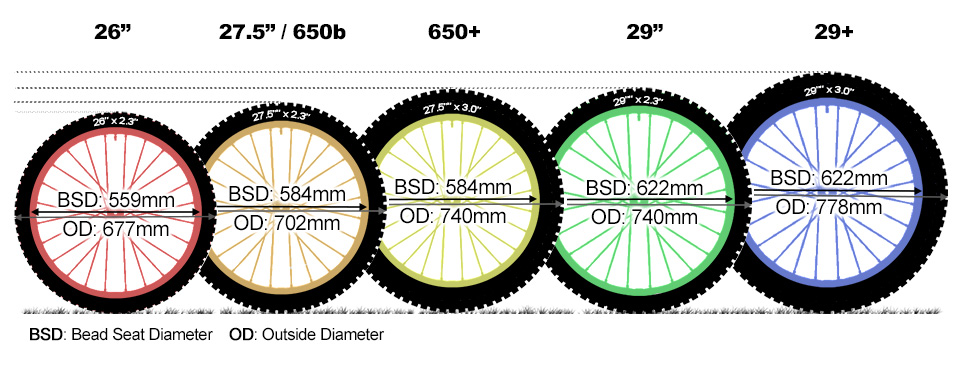 His spoon turns into a bridge - into a real bridge, remaining a spoon.
His spoon turns into a bridge - into a real bridge, remaining a spoon.
Objects similar to Western pop art were also created in Russia. For example, the socialist artist Alexander Kosolapov has a series of works that, by design, completely repeats the works of Claes Oldenburg, only without gigantism. Kosolapov made wooden portraits of classic Soviet objects, heck and meat grinder, which are many times larger than their metal prototypes. Another example is his own work “Bather”: it is a large matchbox made of wood, and a bather is looking at us from the ajar part - this is a sculpture hidden inside.
1 / 2
Works by Alexander Kosolapov "Family" (center) and "Bather" (right) at the exhibition "Modern Art: 1960-2000. Reboot". 2016 Photograph by Sergei Pyatakov / RIA Novosti
2 / 2
Works by Alexander Kosolapov and Vladimir Kozin at the Post-Pop: East Meets West exhibition in London.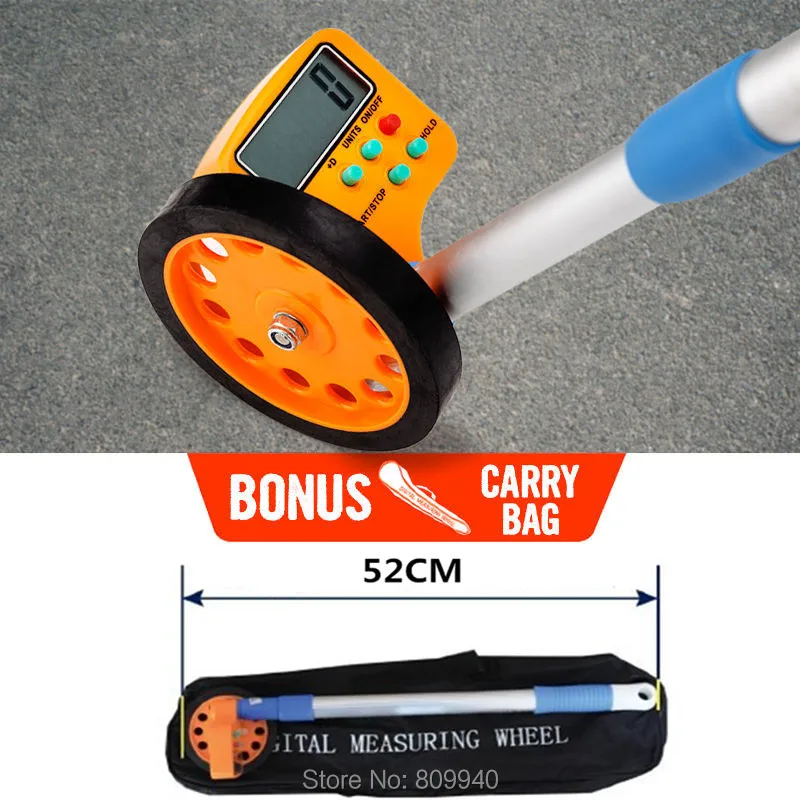 2014 PA Photos / TASS
2014 PA Photos / TASS
Another of the Russian absurdist works worth mentioning are the assemblages of Boris Turetsky, one of the most interesting underground artists. For example, "Nude" 1974 years old. Items of a women's toilet are pasted on a sheet of hardboard - from bottom to top. First shoes, then lowered stockings, gloves, then garter belt, underpants, bra. There is no woman herself, but there are objects symbolizing her.
Boris Turetsky's "Nude" at an exhibition at the Moscow Museum of Modern Art. 2000s © Photo by Viktor Velikzhanin / TASS We have already talked about objects that are based on painting and sculpture. It remains to say about those that repel from the construction - from the moving, kinetic construction. Such objects start with Alexander Calder's mobiles. They are combinations of multi-colored planes, usually reminiscent of something natural, on a wire axis, which are suspended from the ceiling or mounted on the wall and set in motion by the air flow - due to their own balance.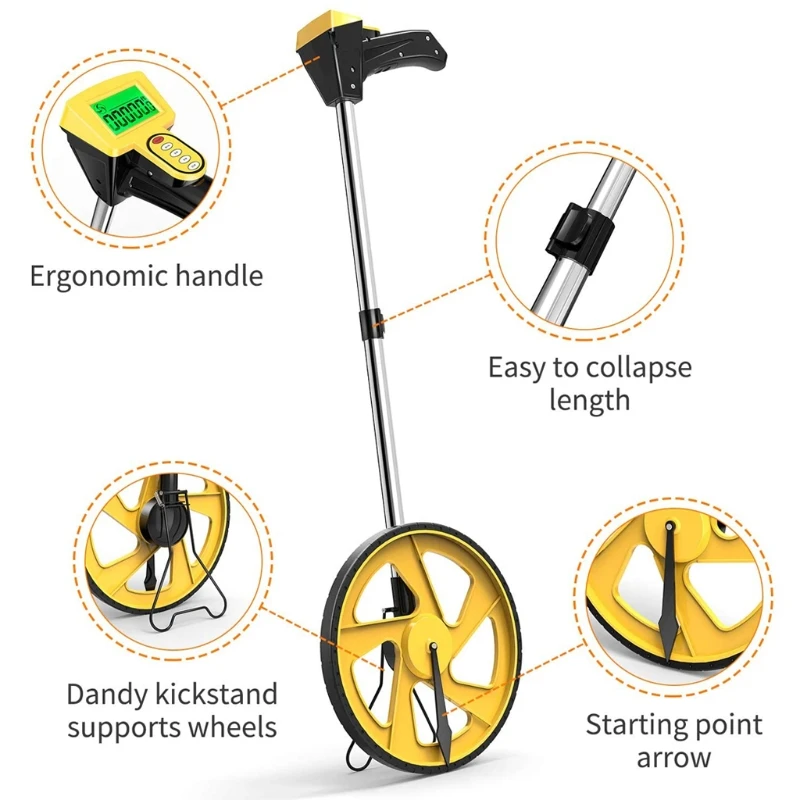 Calder is an artist who is also close to the circle of Surrealists and Dadaists. The theory of relativity, the uncertainty principle and other scientific discoveries of the 20th century created an atmosphere of total doubt in the very foundations of the physical world. This atmosphere nourished the art of surrealism and Dadaism - and all of it is about the perturbed universe, which cannot be harmonized now. However, this also has positive aspects: since everything is uncertain, what freedom opens up! Therefore, the Calder structure moves unpredictably, it reacts to any fluctuation of the air. Quite game kinetics, cheerful, multi-colored configurations dangle in the air - and at the same time very serious art.
Calder is an artist who is also close to the circle of Surrealists and Dadaists. The theory of relativity, the uncertainty principle and other scientific discoveries of the 20th century created an atmosphere of total doubt in the very foundations of the physical world. This atmosphere nourished the art of surrealism and Dadaism - and all of it is about the perturbed universe, which cannot be harmonized now. However, this also has positive aspects: since everything is uncertain, what freedom opens up! Therefore, the Calder structure moves unpredictably, it reacts to any fluctuation of the air. Quite game kinetics, cheerful, multi-colored configurations dangle in the air - and at the same time very serious art.
The mechanical designs of the next generation of kineticist Jean Tinguely are associated with a similar range of ideas. He just came to his machines and to the manifesto of total movement from the assemblages called "Meta-Malevich" and "Meta-Kandinsky" (although they rather started from Tatlin).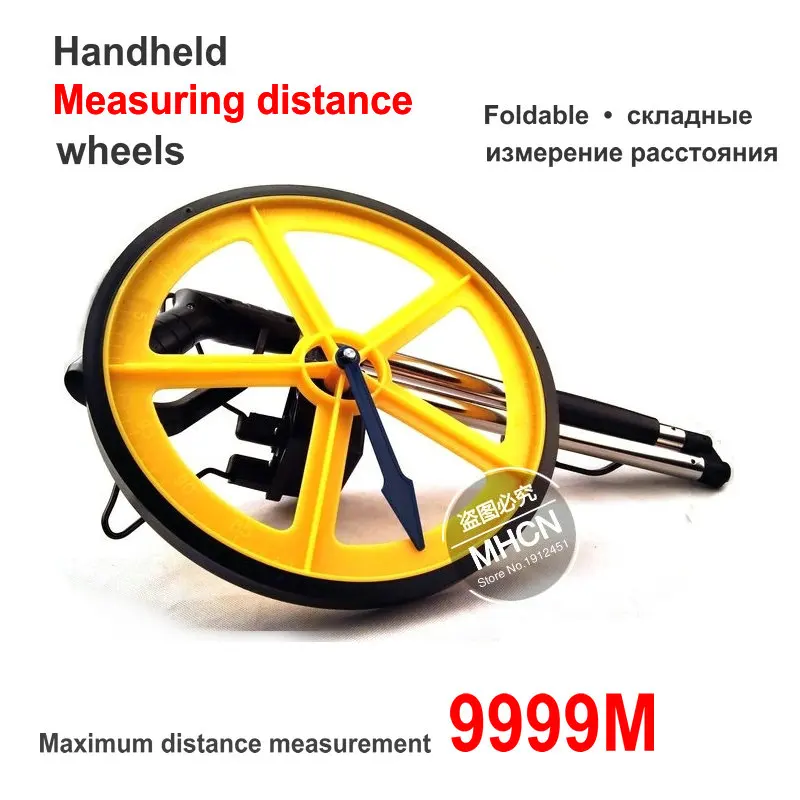 The prefix "meta" is Tangley's trademark, he calls his things "metamatics", "metaharmonies" and so on. These are, as a rule, rather large objects where everything is mixed with everything: wheels, iron junk, household items and their fragments, electric bulbs and percussion instruments. So the constructions glow, make sounds, and some - metamatics - also draw; these spontaneous drawings in cars 19The 50s were a mockery of abstraction, which was authoritative at that time.
The prefix "meta" is Tangley's trademark, he calls his things "metamatics", "metaharmonies" and so on. These are, as a rule, rather large objects where everything is mixed with everything: wheels, iron junk, household items and their fragments, electric bulbs and percussion instruments. So the constructions glow, make sounds, and some - metamatics - also draw; these spontaneous drawings in cars 19The 50s were a mockery of abstraction, which was authoritative at that time.
1 / 2
Artwork by Jean Tinguely at the Tinguely Museum in Basel, Switzerland © Rosa Menkman / CC BY 2.0; Museum Tinguely
2 / 2
Works by Jean Tinguely at the Tinguely Museum in Basel, Switzerland © Rosa Menkman / CC BY 2.0; Museum Tinguely
From about the end of the 50s, its designs also become self-destructive - the process of dying, the collapse of machines is included in the originally conceived scenario. Each machine speaks to us of both mechanicalness and the death of the mechanism - this turn is also ironic. But even without this irony, Tangley objects work perfectly as a toy, as an attraction. True, an incident occurred at the Tangley exhibition in Moscow: the exhibition was held during perestroika, when we were not yet accustomed to the new arts, and it was strictly forbidden to press buttons and turn on machines. Moving objects were presented as static, but the hall with them looked like a real total installation.
But even without this irony, Tangley objects work perfectly as a toy, as an attraction. True, an incident occurred at the Tangley exhibition in Moscow: the exhibition was held during perestroika, when we were not yet accustomed to the new arts, and it was strictly forbidden to press buttons and turn on machines. Moving objects were presented as static, but the hall with them looked like a real total installation.
Tingley's manifesto for statics was actually talking about a total movement. Russian kinetists in 1962 called their group “Movement”. It was created by Lev Nusberg and included many artists, including Francisco Infante and Vyacheslav Koleichuk, as well as physicists and biologists. In general, it was an outbreak of radical constructivism, only at a new stage. The sixties were a period of faith in technological progress, the triumph of physicists over lyricists, and the Movement group experienced rapture with new machine possibilities. Her activity was conceived as a junction of scientific knowledge and artistic embodiment.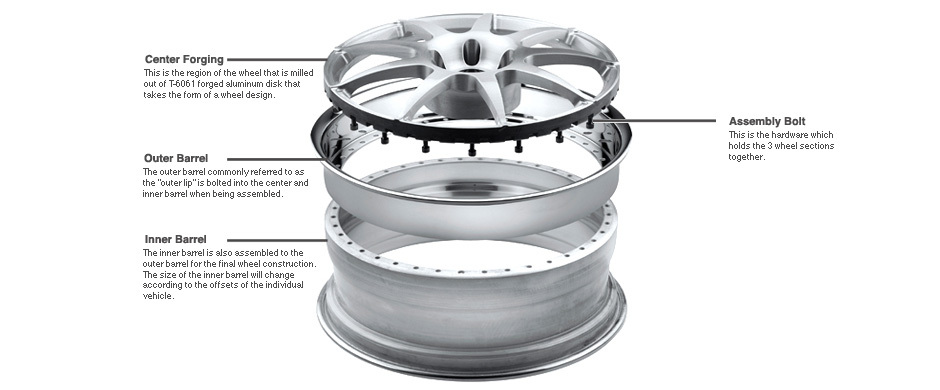 Their objects have not been preserved, but photographs and descriptions remain. Kinetic constructions included work with light and sound; in scope, it looked more like installations than actual objects. The artists of the Movement group wanted to reshape the visible world, create the design of the city and mass holidays, and it was not their fault that this did not happen.
Their objects have not been preserved, but photographs and descriptions remain. Kinetic constructions included work with light and sound; in scope, it looked more like installations than actual objects. The artists of the Movement group wanted to reshape the visible world, create the design of the city and mass holidays, and it was not their fault that this did not happen.
And now it's time to move on to the installation. What is an installation? This is some kind of environment built according to a certain scenario, in accordance with the artist's intention. Moreover, the degree of participation of the artist in its design can be very different, up to the use of a ready-made space, which is proposed to be looked at from an unexpected point of view. But in any case, the installation is again such a game on the border between art and life. It seems that the border is already almost indistinguishable. Or it is required to shift the focus of vision in a certain way in order to distinguish it.
Installation art, like many other things, begins with Dadaist undertakings. For example, from two works by the German artist Kurt Schwitters. Firstly, this is a column that he erected in his own house from various rubbish - in fact, it was the prototype of junk art, that is, art from garbage, from garbage. Schwitters' house was multi-storey, the column grew, and when it grew to the ceiling of the room, the ceiling was broken, and it continued to grow freely on the next floor.
The continuation of the story with the column is "Merzbau": almost the entire artist's house in Hannover was turned into a total installation. Items filled a three-story building, and filled to the point that it was impossible to exist in this house. This was the idea of combining art with life, a synthetic whole. "Bau" means "construction, structure"; "Merz" is a fragment of the word "Commerzbank", the word is random - and the installation grows as if by chance, following the movement of life itself.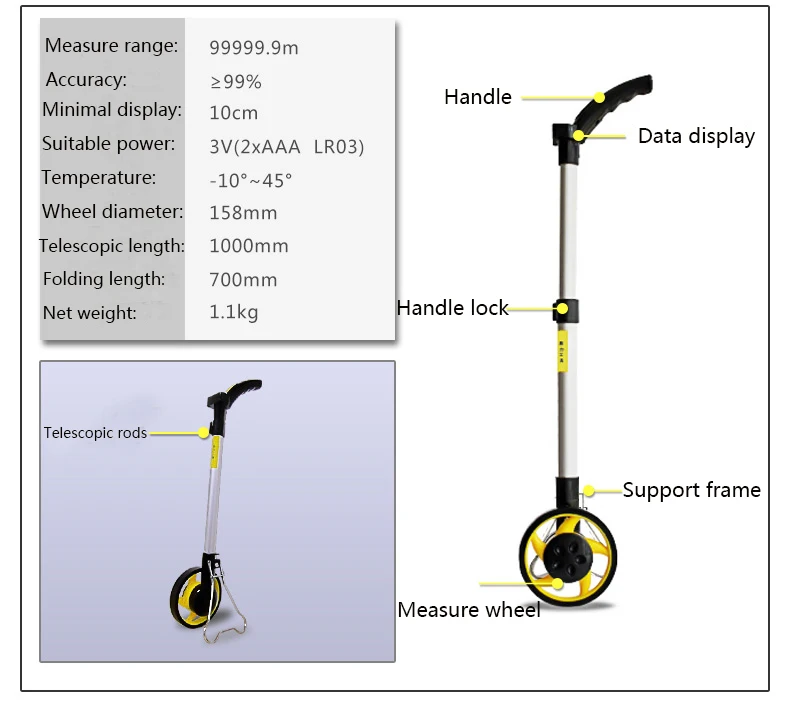 The syllable "merz" became Schwitters' own meme, he defined it as "creating connections between all things that exist in the world."
The syllable "merz" became Schwitters' own meme, he defined it as "creating connections between all things that exist in the world."
1 / 2
Kurt Schwitters. Merzbau. Hannover, Germany, 1933 Flickr / centralalasian / CC BY 2.0
2 / 2
Kurt Schwitters. "Merzbau" after reconstruction. Hanover, Germany, 2004 Flickr / centralalasian / CC BY 2.0
Recently, the word "installation" is often used with an additional definition - "total". Here, first of all, the scale is meant: the work is not fenced off in space, but fills the whole space with itself - the whole room, the whole house or the whole gallery. And one more aspect of the word "total" is the use of various kinds of multimedia in the installation: computers, video, and technology in general. Modern installations of this kind sometimes turn into quite grandiose performances.
But the term "total installation" was coined by the artist Ilya Kabakov for a completely different reason, and it had a different meaning.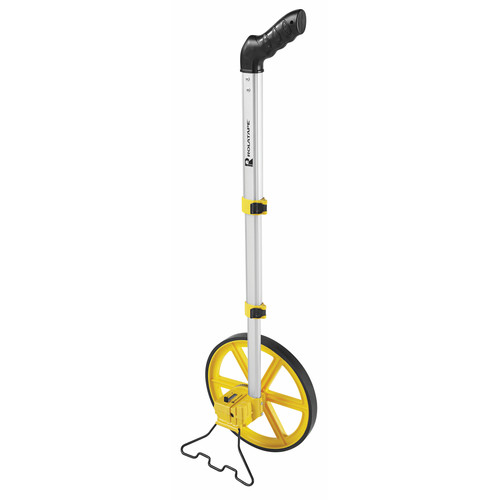 So Kabakov called the series of installations by Irina Nakhova "Rooms", created over five years, from 1983 to 1987. Once a year, Irina Nakhova completely rebuilt one of the rooms in her apartment: she took out the furniture or left it, but pasted it over with white paper, repainted the walls or filled all the planes with pictures from fashion magazines - in a word, she created new spaces from one spatial box. The phrase "total installation" here indicated not only the duration of the process, but also its repetition. And it was also an indication of the existential significance of the work, because a whole life was lived in these installations.
So Kabakov called the series of installations by Irina Nakhova "Rooms", created over five years, from 1983 to 1987. Once a year, Irina Nakhova completely rebuilt one of the rooms in her apartment: she took out the furniture or left it, but pasted it over with white paper, repainted the walls or filled all the planes with pictures from fashion magazines - in a word, she created new spaces from one spatial box. The phrase "total installation" here indicated not only the duration of the process, but also its repetition. And it was also an indication of the existential significance of the work, because a whole life was lived in these installations.
In her later works, Irina Nakhova already uses modern technologies: video, sound, interactivity. For example, the installation "Big Red" represented a really very large and very red inflatable creature. If the viewer approached it, it grew in size and stretched towards it, if the viewer moved away, the “Big Red” deflated in disappointment.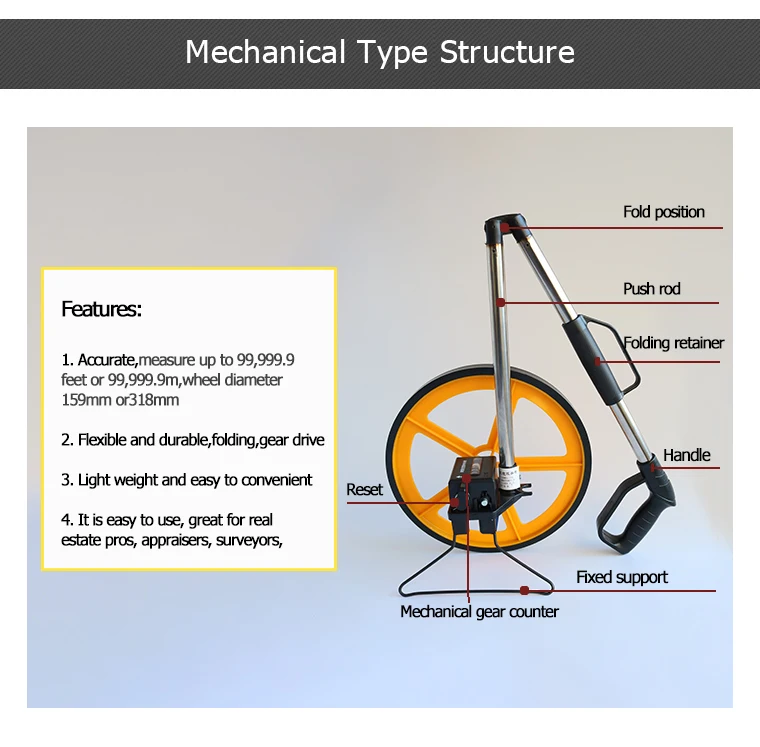 Such a very intelligible and very funny story about communication in general and about the relationship of the viewer with art in particular.
Such a very intelligible and very funny story about communication in general and about the relationship of the viewer with art in particular.
And finally, it is impossible not to talk about the installations of Ilya Kabakov. Which are also total precisely in the sense of their existential fullness: in them one theme, the most painful for the artist, is developed and lasted. A relatively early installation is “A Man Who Flew into Space from His Room”: a very cluttered room with signs of poor Soviet communal life, in the center of it there is a catapult, and there is a hole in the ceiling - a man has flown away. Or vice versa, the later one - "Toilet" - is the vanishing point of all Kabakov's communal reflections. This is a typical pavilion of a railway station toilet with the letters M and F and everything that is supposed to be. However, inside the premises, in addition to the actual attributes of the toilet, there is a normal, even cozy atmosphere of an average Soviet apartment.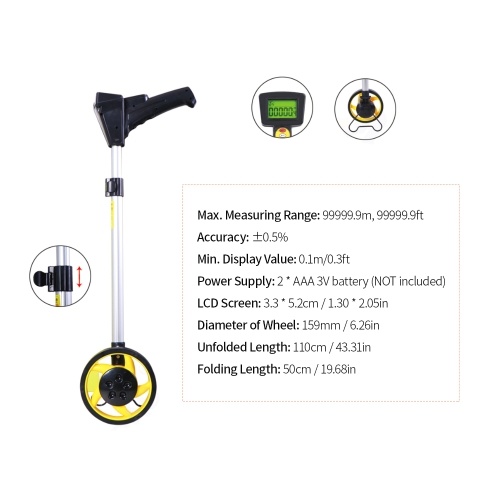 When Kabakov showed this installation, critic Andrei Kovalev wrote, and not without reason, that the Western public now believes that Russians lived in toilets. You can see it that way too.
When Kabakov showed this installation, critic Andrei Kovalev wrote, and not without reason, that the Western public now believes that Russians lived in toilets. You can see it that way too.
1 / 3
Ilya Kabakov's installation "The man who flew into space from his room" (1982) at an exhibition in Moscow. 2013 © Photo by Sergey Fadeichev / TASS
2 / 3
Installation by artists Ilya and Emilia Kabakov "Toilet" (1992) at an exhibition in Moscow. 2008 © Photo by Stanislav Krasilnikov / TASS
3 / 3
Installation by artists Ilya and Emilia Kabakov "Toilet" (1992) at an exhibition in Moscow. 2008 © Photo by Stanislav Krasilnikov / TASS
In general, you can look at it in different ways, this art is open to interpretation. And besides this, in the 20th century, art appears that is open to direct spectator complicity. These are various kinds of interactive works, where the artist can even act not as an artist himself, but as a curator, organizer.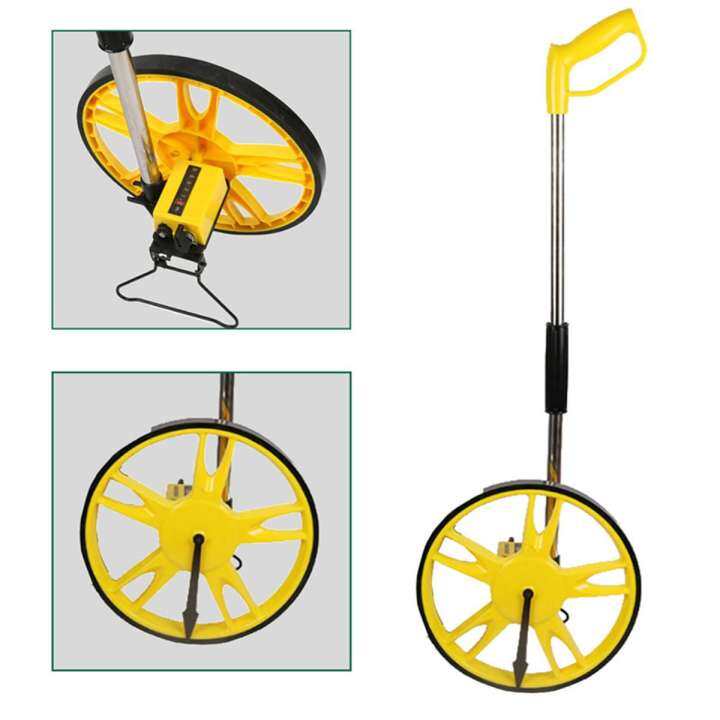 And we will talk about this art in the next lecture.
And we will talk about this art in the next lecture.
Koleichuk V. Kinetic. M., 1994.
Misiano V. "Other" and others. M., 2004.
Perchikhina M. Reading the White Wall. M., 2011.
Savchuk V. Art conversion. St. Petersburg, 2001.
Turchin V. Through the labyrinths of the avant-garde. M., 1993.
Media mythology. Experience of the historical description of a creative biography. Alexey Isaev (1960–2006). M., 2013.
Educational program No. 1
Russian art of the 20th century
Lecture 7 of 8
Educational program No. 1
Russian art of the 20th century
Radio Arzamas Why do good?
The final episode of the podcast "Fulcrum".